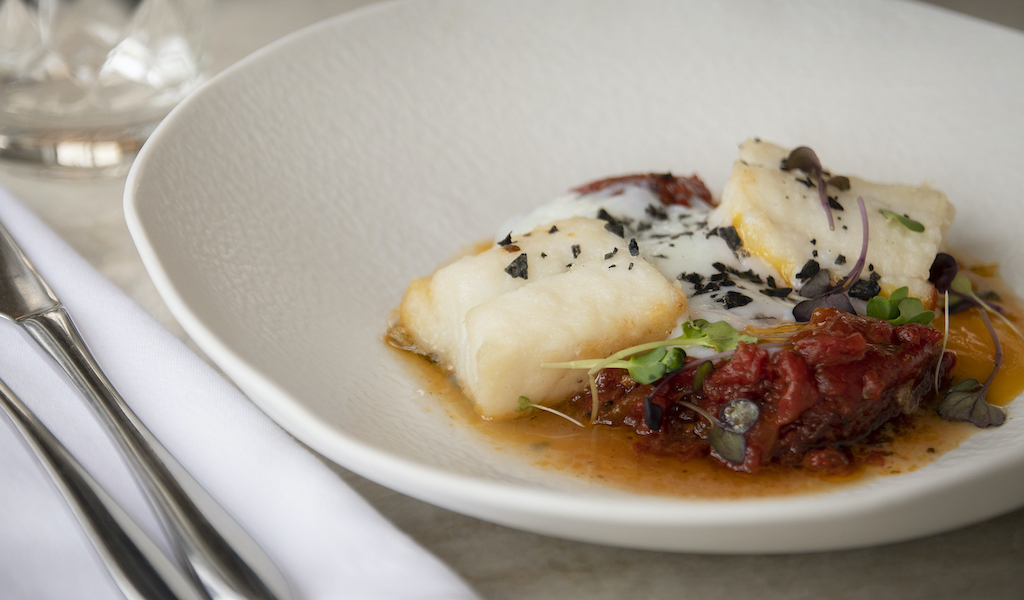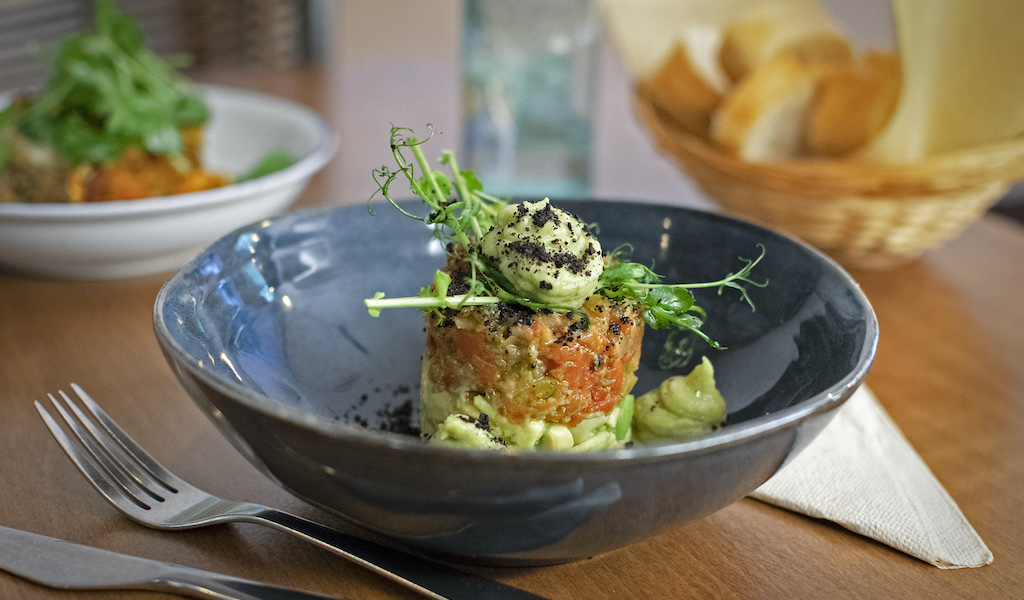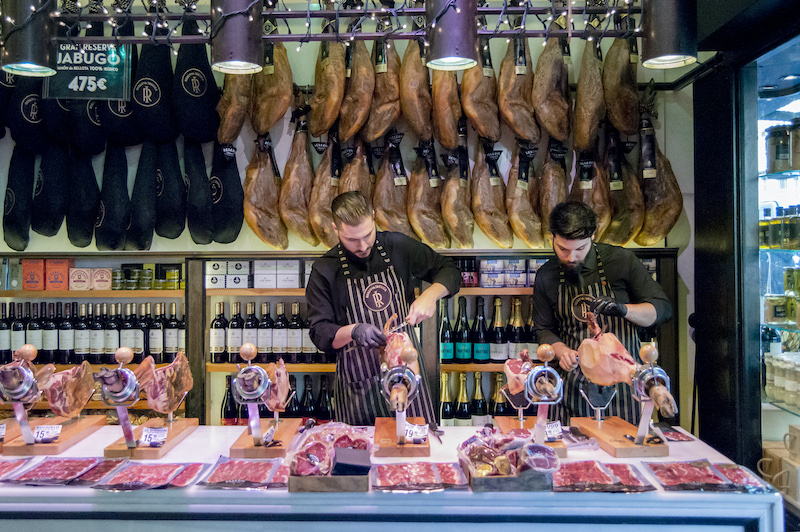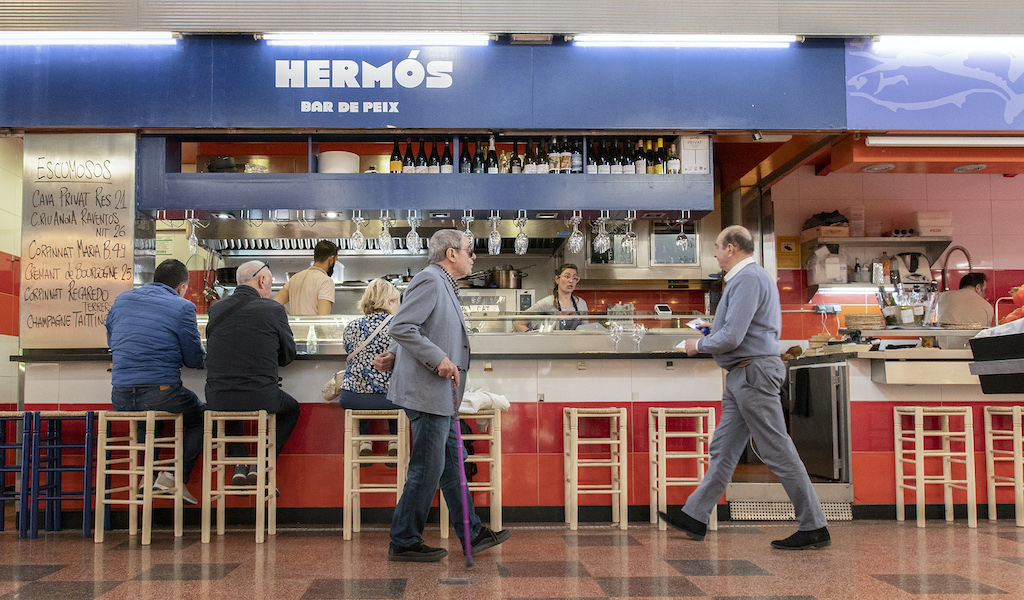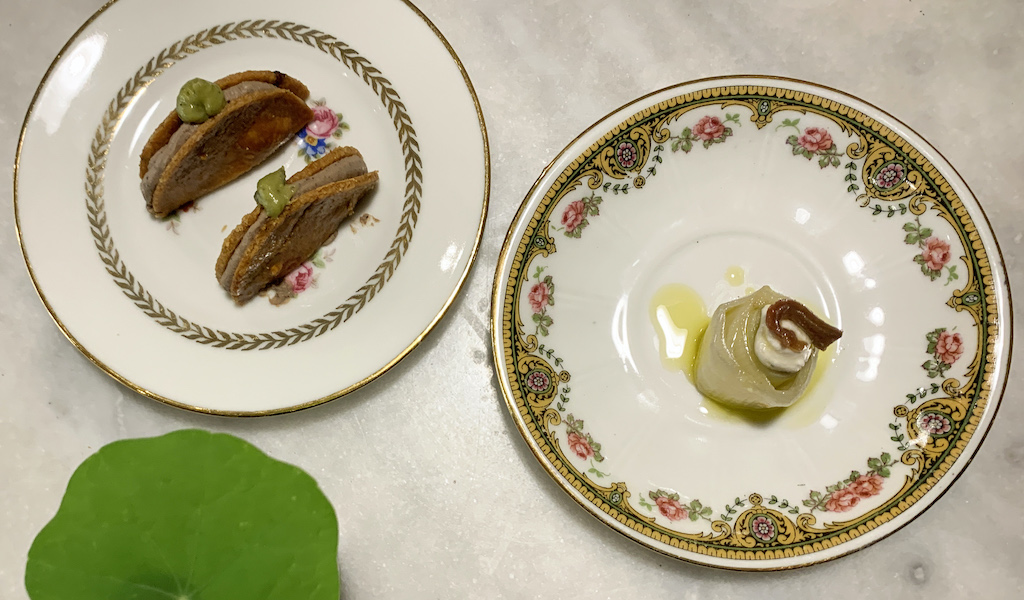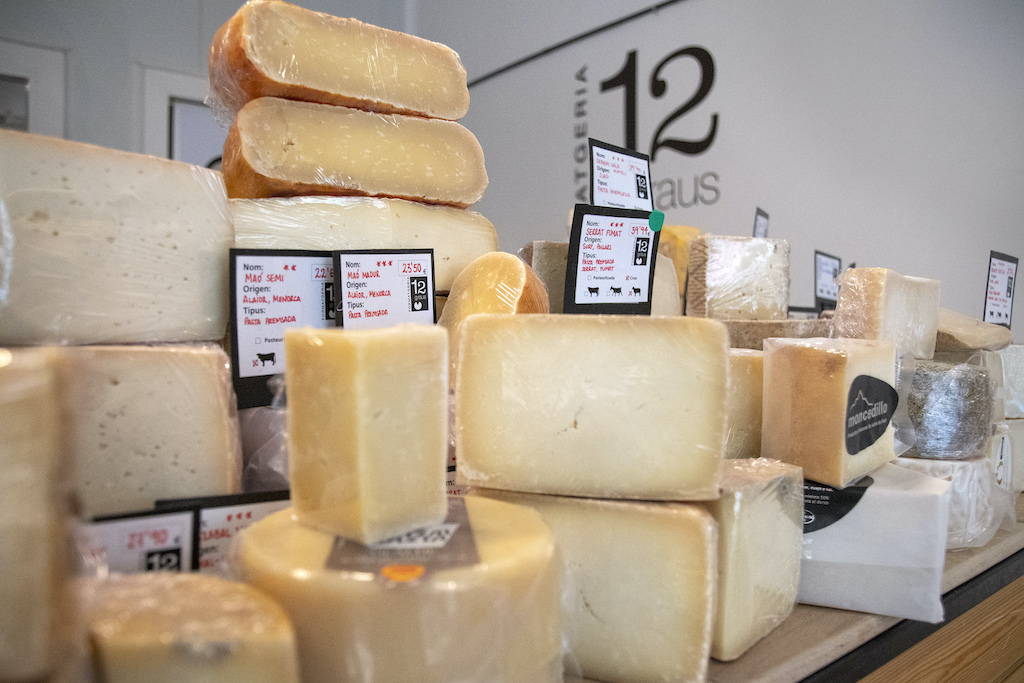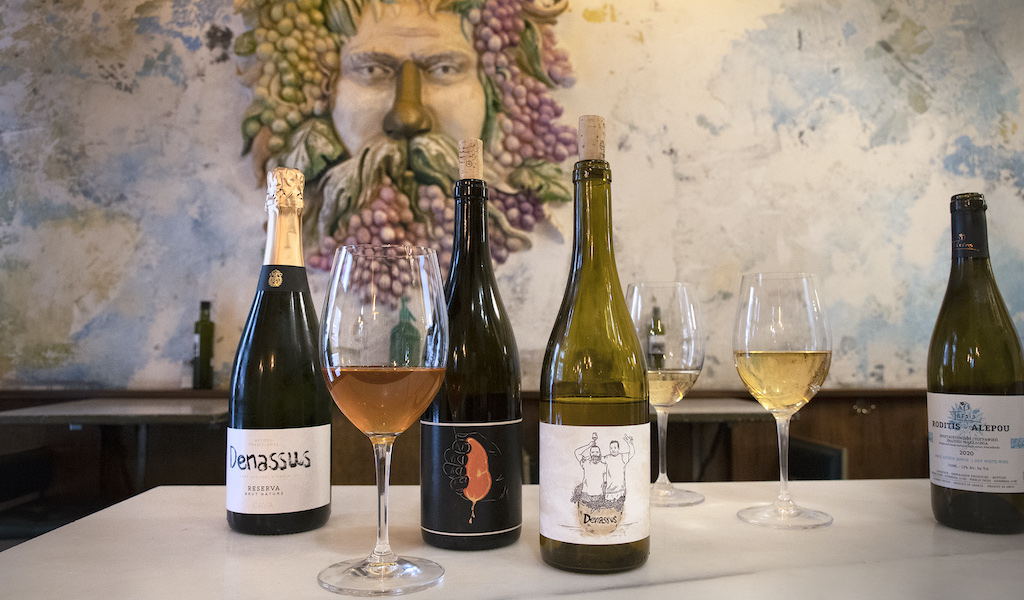We can't find the internet
Attempting to reconnect
Something went wrong!
Hang in there while we get back on track
Search results for "Paula Mourenza"
Barcelona
La Estrella 1924: A Star is (Re)Born
An old star from the previous century still shines brightly in Port Vell. Renovated in 1992 and again in 2016, La Estrella 1924 is a classic restaurant that serves simple, refined Catalan dishes, thoughtfully prepared from quality local products. The atmosphere is formal but relaxed, quiet and friendly, and time is kept by the discreet sounding of the clocks hanging upon the wall. It feels like eating in someone’s home – and, in a way, it is. Josefa Chiquillo, great-grandmother of the current owner, Jordi Baidal, opened La Estrella in 1920 as a kind of travelers’ inn, located in the Born neighborhood near the old train station Estació de França.
Read moreBarcelona
Cierzo: A Mighty Wind
Life can take some unexpected turns. This is how Adrián Rubio – originally from Aragón province, where he studied cooking – ended up in Barcelona. Perhaps it was the strong wind known as cierzo, which blows from the Pyrenees and down through his native land to the southwest , that carried him here to open a restaurant where the recipes change every day. A chef has to be tough and creative enough to face such a powerful force. Adrián Rubio is just that kind of chef, and he decided to name his new personal project, opened in 2017, after that wind.
Read moreBarcelona
Jamón Ibérico: Spain’s Leg-endary Ham
Ham is one of Spain’s best-known culinary treasures, and different types of the cured meat offer their own flavors and characteristics depending on the breed of pig, how the animal has been fed and raised and how its meat has been processed and cured. The wide selection of ham in Barcelona can be a bit intimidating, but it’s easy to decipher and make your selection with a little local know-how. The two major categories of Spanish jamón serrano ham are jamón del país and jamón ibérico. Serrano refers to the ancient technique – dating back to Roman times – of curing the ham in salt and then dry-aging it to extend preservation and increase the flavor and umami.
Read moreBarcelona
Hermós Bar de Peix: Beautiful Fish Bar
Hermós Bar de Peix is the new fish bar by Alexis Peñalver, owner of our longtime Gràcia neighborhood favorites La Pubilla and its tapas-focused little sibling Extra Bar. It might sound a little self-flattering, but the bar’s name (which means “Beautiful” in Catalán) is, in fact, a powerful local symbol. Hermós is the ironic nickname of the homely, humble fisherman of the book El Quadern Gris by the famous Catalan journalist and food writer Josep Pla. Hailing from L’Empordà on the northern Catalan coast, the character’s only relief for the pains of life are the suquets the peix – fish stews. Hermós the bar is a tribute to the magnificence of the Catalan fishing tradition, celebrated here with fire, casseroles and bottles of wine in a little bar inside La Llibertat Market, right next to its fishmonger.
Read moreBarcelona
La Sosenga: Modern Medieval
“It is a recipe similar to a meat stew that originally was made with game or fish. We do it with beef cheek – a very traditional ingredient now in Catalunya, but which in those days was not so frequently used. It goes with several herbs and spices like parsley, thyme and marjoram, plus cinnamon and clove, all cooked with lard and honey from the Sierra de Cádiz, made by Tania’s family.” This, in words of the chef Marc Pérez, is a Sosenga, a medieval dish and the name of the restaurant he recently opened in the Gótic neighborhood with his partner in life and work, Tania Doblas.
Read moreBarcelona
Catalan Cheese, Part 3: The New Wave
Cheese has a very long, storied past in Catalonia, as we wrote in the previous parts of this series. But what do the present and future of Catalan cheesemaking look like? The 21st century has seen cheesemaking flourish dramatically in Catalonia, thanks to increasing interest in and appreciation of culinary traditions and trends worldwide, not to mention the financial crisis of 2008, which led many people to make career changes or to take up a more DIY ethos. All of this, combined with that old Catalan inclination toward modern design and creativity, has made for a heady mix. The new generation of cheesemakers comes from a wide range of professional backgrounds; many are college-educated and well-traveled, and accordingly, they have specific aesthetic, gastronomic and nutritional criteria.
Read moreBarcelona
Denassus: Follow Your Nose
Denassus can be found in a narrow space on Blai Street in Barcelona’s Poble Sec neighborhood. Here, the bar occupies nearly half the room, with little tables lining the other side. Upon entry, we are greeted by the jubilant god of wine himself: the giant face of Bacchus, covered in grapes, looks down on us from the wall above. He presides over the scene: a warm, relaxed atmosphere in which to enjoy natural wines and thoughtful dishes. It’s not easy to find a place that blends quality and fair prices, tradition and modernity, identity and open vision, all into one easy-going style. Denassus has this touch.
Read more